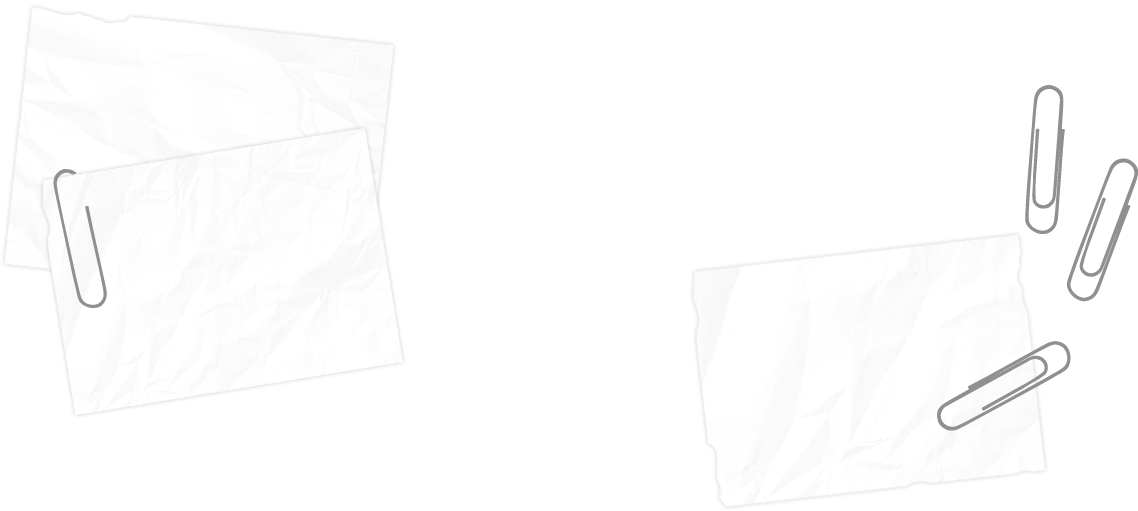
CREATOR
CHELSEA NICHOLSON

Modern English
1800 AD - now
Modern English is what we use today. This has been the language spoken since The Great Vowel Shift (see Phonetics and Phonology for more information). This was a very rapid and dramatic change linguistically as it happened over the matter of only 2 centuries. At this time there was the invention of printing. Before this, everything was hand written, so it took a lot of time and was very expensive, meaning that only the very wealthy people were able to purchase books. Due to the invention of printing, there was now a common language in print. The books became cheaper as more were able to be produced at a cheaper rate so therefore more people learned to read, spreading the English Language. Printing also brought standardisation to English. People everywhere were beginning to acknowledge the importance of English. Spelling and grammar then became fixed, and it was eventually the dialect of London, where most publishing houses were, therefore making the Modern English Language standard.

Samuel Johnson's dictionary published in 1755, was influential in establishing a standard form of spelling using the Modern English alphabet seen to the right. This is what we know as common and can understand completely. The Modern English alphabet consists of 26 characters which are derived directly from the Latin alphabet. This is similar to the orthography of Middle English and is what is taught in schools today and what is widely accepted as English.
There is a standardised way of spelling as seen in our dictionaries, except small changes through the different dialects of Modern English. These include American English and British English. The standardisation of English spelling is used today in the many forms such as Newspapers, Magazines, Textbooks, Scientific reports etc.
- English has official or special status in at least seventy five countries with a total population of over two billion
- English is spoken as a first language by around 375 million and as a second language by around 375 million speakers in the world*
- speakers of English as a second language probably outnumber those who speak it as a first language
- around 750 million people are believed to speak English as a foreign language
- one out of four of the world's population speak English to some level of competence; demand from the other three-quarters is increasing.
(British Council, 1997)
The image to the left shows the languages of the world as recorded in March of 2010.
